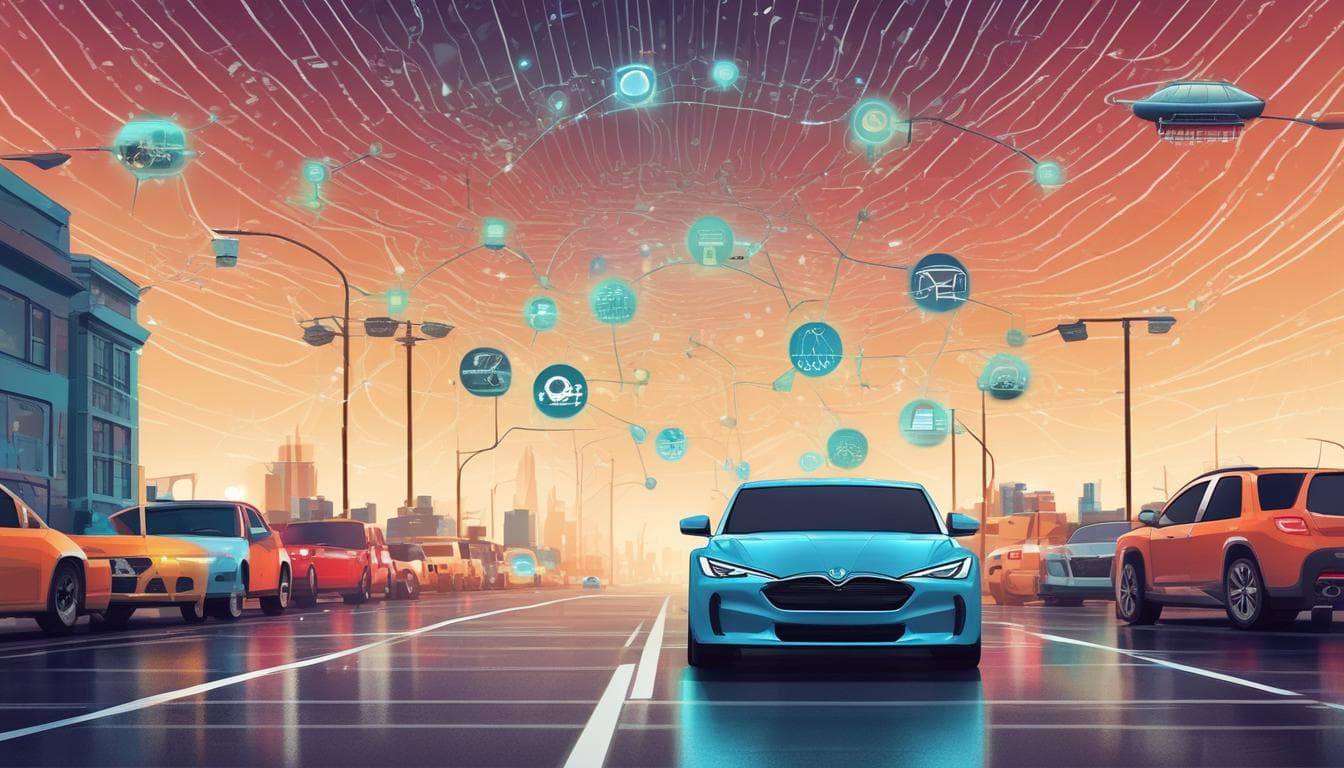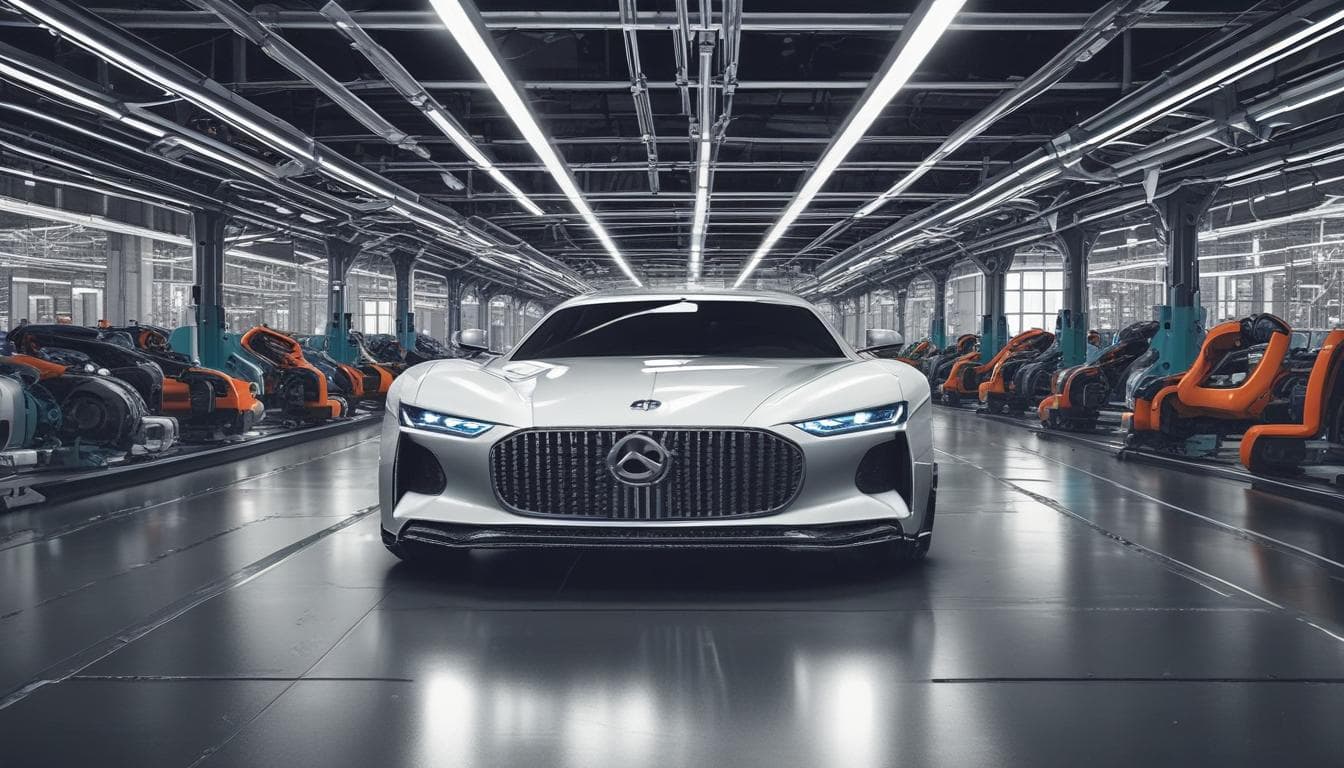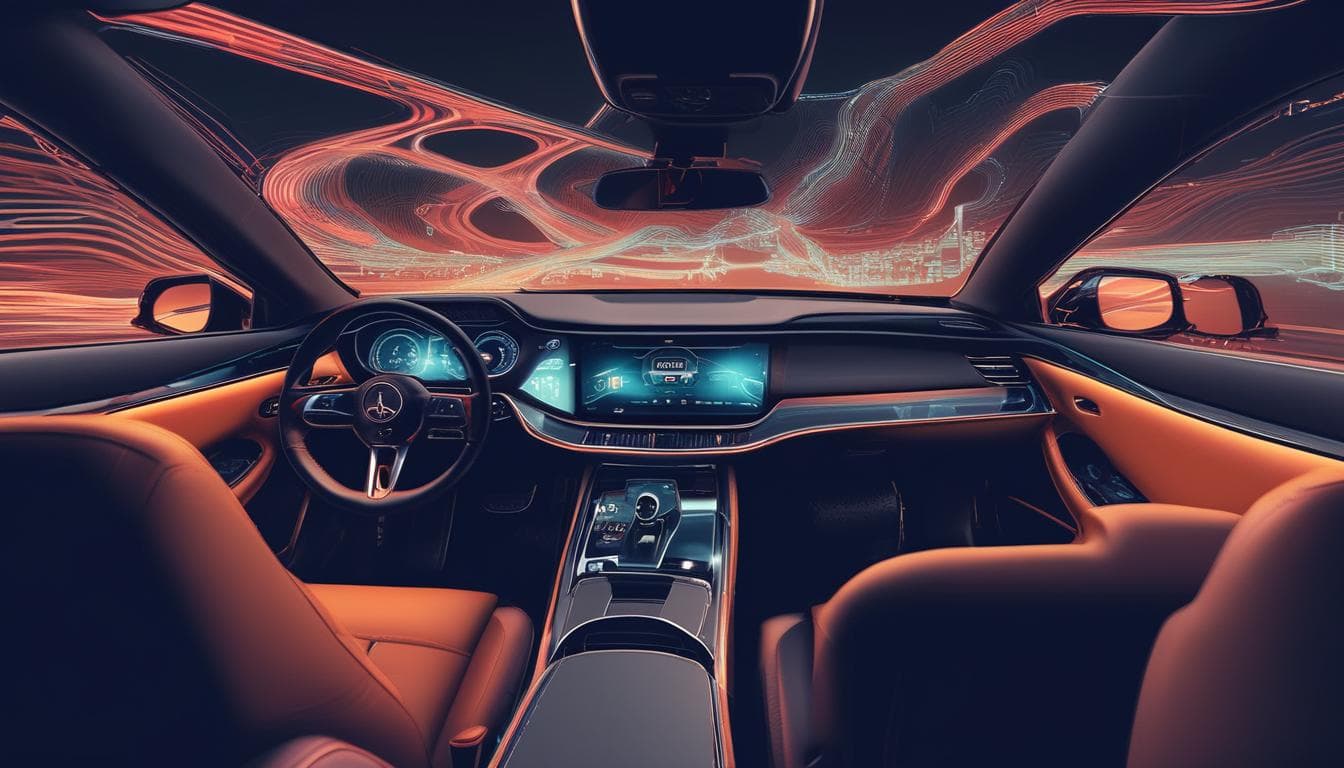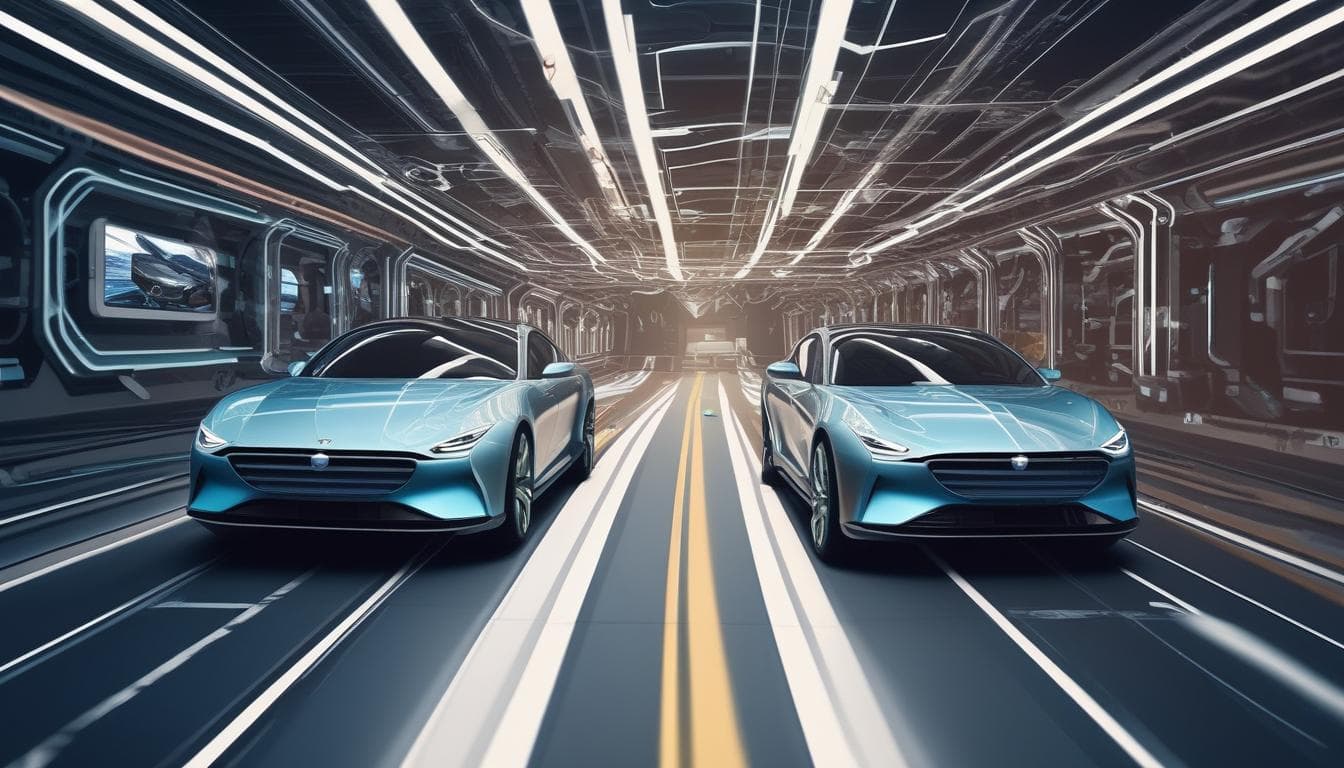The automotive industry is on the cusp of a new era defined by the convergence of electric vehicles (EVs) and the Internet of Things (IoT). This powerful synergy is not just about adding connectivity to EVs; it's about creating a holistic ecosystem where vehicles, infrastructure, and drivers interact seamlessly. This article delves into the transformative impact of this convergence, exploring its various facets, challenges, and future implications.
The Connected EV: A New Dimension of Driving
The integration of IoT into EVs has unlocked a new dimension of driving, offering functionalities beyond traditional transportation. Imagine a vehicle that anticipates your needs, optimizes its performance based on real-time data, and seamlessly integrates with your digital life. This is the promise of the connected EV.
Enhanced Vehicle Performance and Diagnostics
IoT sensors embedded within EVs collect and transmit vast amounts of data related to vehicle health, performance, and environmental conditions. This data enables predictive maintenance, reducing downtime and enhancing vehicle longevity. Real-time diagnostics can identify potential issues before they escalate, improving safety and reliability. 
Personalized Driving Experience
Connected EVs offer a personalized driving experience tailored to individual preferences. From customized infotainment systems and driver profiles to personalized climate control and route optimization, IoT enhances comfort and convenience. Imagine your EV automatically adjusting the seat position, music playlist, and cabin temperature as you approach. 
The Infrastructure of the Future: Supporting Connected EVs
The success of connected EVs hinges on the development of a robust and intelligent infrastructure that supports their unique needs.
Smart Charging Infrastructure
Smart charging utilizes IoT to optimize the charging process, balancing grid stability with individual charging requirements. Dynamic pricing models incentivize off-peak charging, reducing strain on the grid and minimizing electricity costs. 
V2X Communication
Vehicle-to-everything (V2X) communication enables EVs to interact with other vehicles, infrastructure, and pedestrians. This real-time data exchange enhances safety by providing warnings about potential hazards, optimizing traffic flow, and enabling autonomous driving capabilities. 
Challenges and Opportunities
The convergence of EVs and IoT presents both challenges and opportunities.
Data Security and Privacy
The increasing reliance on data in connected EVs raises concerns about data security and privacy. Robust cybersecurity measures are crucial to protect sensitive vehicle and driver information from unauthorized access and cyber threats.  Learn more about the cybersecurity imperative for protecting connected vehicles.
Learn more about the cybersecurity imperative for protecting connected vehicles.
Interoperability and Standardization
Ensuring seamless communication and data exchange between different EV models and charging infrastructure requires standardization and interoperability protocols. Collaborative efforts are essential to establish common standards and facilitate the growth of the connected EV ecosystem. 
The Future of Mobility
The convergence of EVs and IoT is shaping the future of mobility. As technology advances, we can expect even greater integration, leading to smarter, safer, and more sustainable transportation solutions.
Autonomous Driving
Connected EVs are paving the way for autonomous driving. Real-time data from sensors, V2X communication, and advanced algorithms, often processed using edge computing techniques, enable vehicles to navigate and make decisions without human intervention. 
Transportation Ecosystems
The integration of connected EVs into broader transportation ecosystems will create new opportunities for mobility services. Imagine a seamless integration of ride-sharing, public transportation, and personal EVs, optimized through IoT connectivity.  The rise of Mobility as a Service (MaaS) exemplifies this trend.
The rise of Mobility as a Service (MaaS) exemplifies this trend.
In conclusion, the convergence of electric vehicles and the Internet of Things is revolutionizing the automotive industry. From enhanced performance and personalized experiences to the development of smart infrastructure and autonomous driving capabilities, this synergy is transforming the way we interact with vehicles and shaping the future of mobility. The challenges related to data security and interoperability must be addressed to unlock the full potential of this transformative convergence. The automotive industry, policymakers, and consumers must collaborate to build a secure, sustainable, and connected EV ecosystem that benefits everyone. What are your thoughts on the future of connected EVs? Share your perspectives in the comments below.






